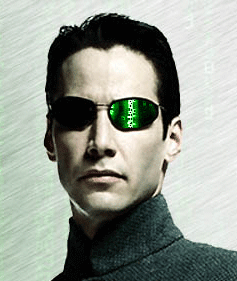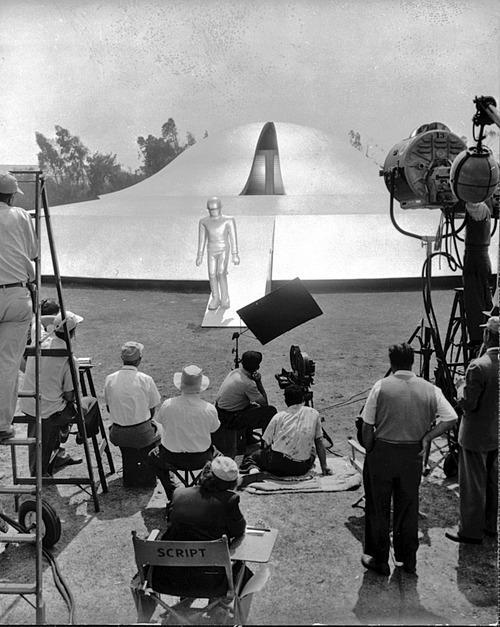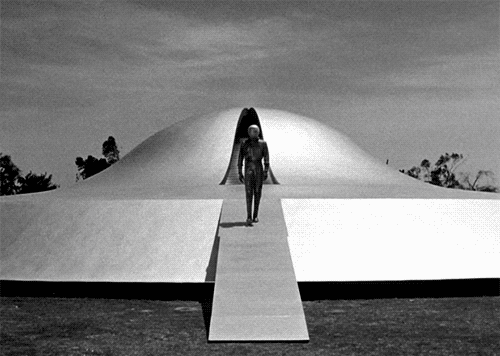A Trip Through Paris, France
Late 1890s
(Speed Corrected w/ Added Sound)
Late 1890s
(Speed Corrected w/ Added Sound)
A collection of high quality remastered prints from the dawn of film taken in Belle Époque-era Paris, France from 1896-1900.
Slowed down footage to a natural rate and added in sound for ambiance.
These films were taken by the Lumière company
0:08 - Notre-Dame Cathedral (1896)
0:58 - Alma Bridge (1900)
1:37 - Avenue des Champs-Élysées (1899)
2:33 - Place de la Concorde (1897)
3:24 - Passing of a fire brigade (1897)
3:58 - Tuileries Garden (1896)
4:48 - Moving walkway at the Paris Exposition (1900)
5:24 - The Eiffel Tower from the Rives de la Seine à Paris (1897)

Promenades dans Paris de 1890 à 1910
Vues des rues, parcs et monuments de Paris aux alentours de 1900
👇 👇
👇
 A Trip Through Paris, France late 1890s
A Trip Through Paris, France late 1890s
NEWER VERSION 60 FPS, Colorized, HD
Restored footage from the beginning of film taken in

Promenades dans Paris de 1890 à 1910
Vues des rues, parcs et monuments de Paris aux alentours de 1900
👇
 👇
👇
NEWER VERSION 60 FPS, Colorized, HD
Restored footage from the beginning of film taken in
Belle Époque-era Paris, France from 1896-1900.
👇 📺 👇
https://youtu.be/iKYiG7B4Hnk?si=PWLOiy8UjWO1hSZY


👇 📺 👇
https://youtu.be/iKYiG7B4Hnk?si=PWLOiy8UjWO1hSZY
On the Champs Élysées
In COLOR * 4K
Rare look at 19th century street traffic before automobiles started to dominate in the 20th century. Film taken by Ambroise-François Parnaland. This was a Black and White film colorized using Artificial Intelligence so you can see how was the old times but in much higher quality. Weird artifacts can be seen, the colors are not natural but pretty close.
👇 📺 👇


A Walk in the Park - c.1900
Bois de Boulogne Paris
Bois de Boulogne Paris
AI Enhanced [4k 60 fps]
👇 📺 👇
👇 📺 👇
Time travel back 120 years to Paris c.1900 AI colorized and upscaled to 4K 60fps clarity with added sound.A group of fashionable men and women go for a Sunday stroll in the Bois de Boulogne. It was a popular meeting place and promenade route for fashionable Parisians of all classes.The film starts at the Porte Dauphine entrance to Bois de Boulogne. Look out for an early French automobile scooting past in the first few frames, possibly a De Dion Bouton. Though horse drawn carriages were still the main transport, automobiles were quickly making their noisy presence felt by the start of the 20th century. The exact date is unclear but the ladies walking skirts are still long and require hoisting, so this film was probably made before 1905. The Bois de Boulogne ( Boulogne woodland) is a large public park ceded to the citizens of Paris by Emperor Napoleon III in 1852. It was once an ancient oak forest.There are several lakes, botanical and floral gardens, a zoo and an amusement park. It was popular for equestrian events and open air theater in the 1900's. To the east of the Bois de Boulogne is the Parc de Bagatelle. To the north, the Jardin d'Acclimatation and to the South-east, the greenhouses of Le Jardin des Serres d'Auteuil. The film was AI restored by GlamourDaze





.gif)










